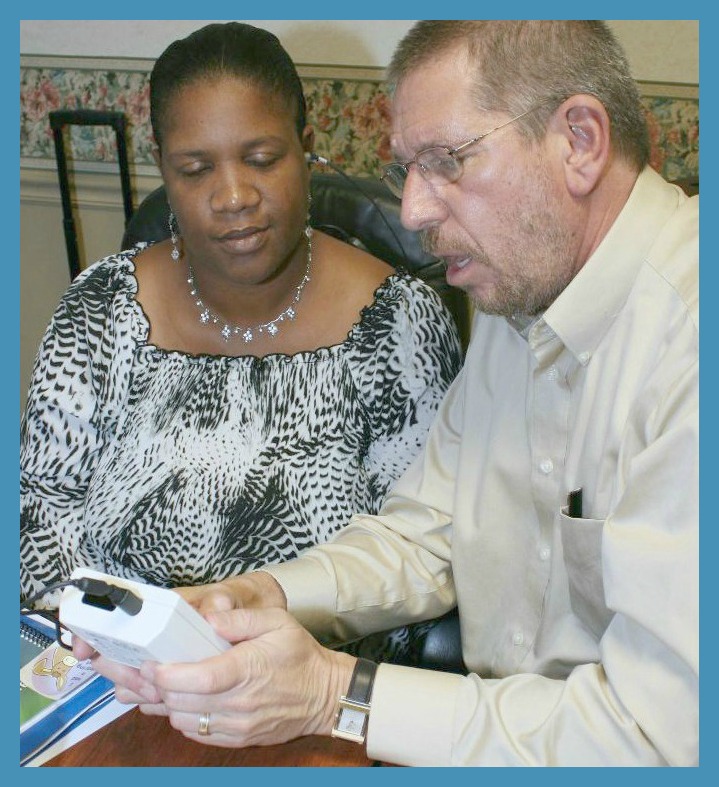|
|
| |
ECHO Initiative Coffee Break Webinar:
Hearing Loss in Young Children
Undetected hearing loss impacts a young child's cognitive, linguistic and social-emotional development. To identify a child's hearing loss, an objective hearing screening is the important first step, followed by an audiological evaluation. But what do all of those terms, for example, sensorineural and tympanometry, mean?
|
|
New Staff?

If you have new staff who need to learn about your OAE screening practices, remember to share our Kidshearing.org website with them.
In particular, have them view the introductory webinar followed by the training videos.

Then, spend some time screening with them as they develop their screening skills.
|
|
|
|

Quick Links
| |
|
|
|
 |
|
Gear Up for Hearing Screening
Each day, children with hearing loss attend
Early Head Start. . .

How will you identify who they are?
It's time to review your Early Head Start program's hearing screening activities! Otoacoustic emissions (OAE) hearing screening technology is recommended to obtain reliable, objective results for children birth to 3 years of age. OAE is being used effectively by EHS programs across the country. Now is a good time to:
~ Have a conversation with your pediatric audiologist partner to review the strengths and needs  of your program. Review ways in which previous screening and referral efforts have gone smoothly and discuss alternate strategies for addressing problem areas. If you don't have a pediatric audiologist partner, ask your program's Health Services Advisory Committee, contact your local Part C/Early Intervention program, or contact your state Early Hearing Detection and Intervention (EHDI) Program Coordinator (who typically has contact information for all pediatric audiologists in the state). of your program. Review ways in which previous screening and referral efforts have gone smoothly and discuss alternate strategies for addressing problem areas. If you don't have a pediatric audiologist partner, ask your program's Health Services Advisory Committee, contact your local Part C/Early Intervention program, or contact your state Early Hearing Detection and Intervention (EHDI) Program Coordinator (who typically has contact information for all pediatric audiologists in the state).
~ Check your OAE equipment to make sure that it is working properly and has been calibrated within the last year. Order enough disposable probe tips and other supplies for the coming year.

~ Consider the need to retrain screeners or train new screeners. Use the available training resources.
~ Think about the range of individuals who need to understand your screening process in order to support it. This may include your Health Care Advisory Board, teachers, health care providers, parents and others. Direct them to watch a 2-minute video of how OAE screening works, or print and disseminate simple descriptions that invite helpful participation.
~ Decide how you will track children through the screening, referral and followup process. A tracking system that is being used by many programs is also available to you at no cost.
|
 |
Are you ready to conduct OAE screening and successfully identify children potentially at risk for hearing loss? If you have questions or comments, submit them to us at:
echo.ncham@usu.edu
And, as always, share www.KidsHearing.org with anyone you think would benefit from our resources.
|
|
 2615 Old Main Hill
Logan, UT 84322
|
|
|